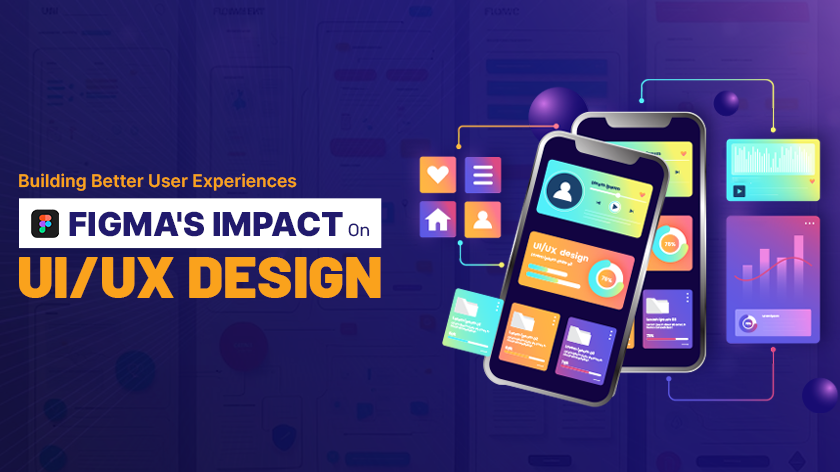In the fast-evolving world of UI/UX design, tools that streamline workflows and enhance creativity are invaluable. Among these, Figma has emerged as a game-changer, revolutionizing how designers approach user interface and user experience design. Its collaborative features and robust functionality are reshaping the design landscape, making it easier for teams to build better user experiences.
What is Figma?
A cloud-based design application called Figma makes it easier for designers to collaborate in real-time. Different from typical design software, which often requires version control and file sharing, Figma runs fully in the cloud, enabling numerous people to collaborate on the same project at once. Simply put, this feature has improved workflows and made design teams function more effectively and efficiently.
Key Features of Figma
- Real-Time Collaboration: Maybe Figma’s most innovative component is its real-time collaboration capability. Stakeholders, developers, and designers may collaborate on the same design file and make changes as needed, giving immediate feedback. This smooth cooperation guarantees that everyone is in agreement and minimizes confusion.
- Component-Based Design: Figma’s component system enables designers to create reusable elements for consistency across screens and projects. Updating a component once applies changes to all instances, saving time and ensuring uniformity.
- Design Systems and Libraries: With Figma, teams can create and manage design systems and shared libraries. This ensures that design elements, styles, and assets are standardized and easily accessible, which is crucial for maintaining consistency and efficiency in large-scale projects.
- Prototyping and Interactivity: Figma’s prototyping tools let designers create interactive mockups and user flows, helping visualize user interactions for better testing and refinement before development.
- Cross-platform accessibility: Figma is a cloud-based tool that can be accessed from any device with internet access, allowing designers to work from anywhere.
Figma’s Impact on UI/UX Design
1. Enhanced Collaboration and Communication
The ability to collaborate in real time eliminates the need for endless email threads and file versions. Designers, developers, and stakeholders can provide instant feedback and make adjustments on the spot, fostering a more dynamic and responsive design process. This streamlined communication accelerates project timelines and enhances overall project efficiency.
2. Streamlined Design Processes
Figma’s component-based design and design system features streamline the design process by allowing for greater reuse of elements and styles. This not only speeds up the design process but also reduces errors and inconsistencies, resulting in a more polished final product.
3. Improved design consistency
Achieved through shared libraries and design systems, ensuring uniform application of elements across project components. This consistency is vital for maintaining brand integrity and delivering a cohesive user experience.
4. Faster prototyping and user testing
Figma’s prototyping tools let designers quickly create and test interactive mockups, enabling early detection of usability issues and more effective user testing. This leads to a more refined, user-friendly final product.
Figma: A Game-Changer for UI/UX
Figma transforms how designers collaborate, create, and deliver exceptional user experiences. More than a design tool, its innovative features and cloud-based approach streamline and unify the design process, making it more user-focused. As UI/UX design evolves, Figma stands out as an essential tool for crafting meaningful user experiences.
Ready to elevate your design game? Explore how Figma can transform your UI/UX design process and drive better user experiences. Start your journey with Figma today and see the difference it can make for your projects. Visit Figma’s website to learn more and get started!
For More Information: https://www.xceltec.com/
 :
https://in.pinterest.com/xceltec0192/
:
https://in.pinterest.com/xceltec0192/












